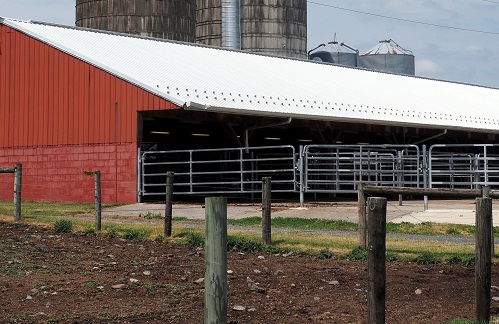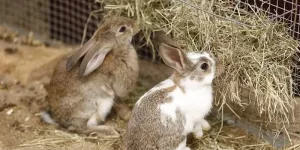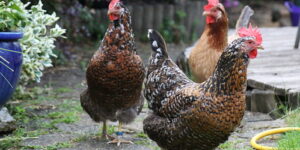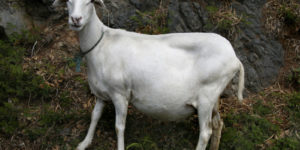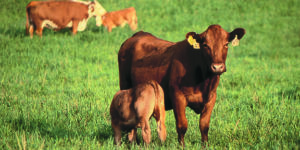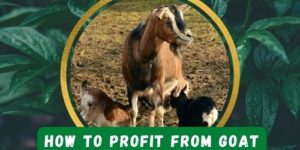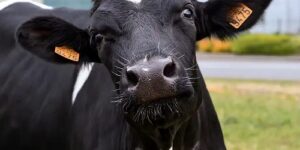A pole barn can be just the right architectural touch to add to your property if you want some rural flair, but these structures do far more than add a particular aesthetic. They’re very functional in many different ways, and one of them is housing livestock comfortably and safely. Once you invest the time and money into a pole barn, you want to do everything you can to keep both your building and your livestock safe. Fortunately, the proper maintenance steps can accomplish this. The following are five starting points you should consider on your property.
1. Check for Drafts and Leaks
Proper airflow is crucial to a barn, and it lets animals breathe freely while preventing certain odors from getting out of hand. Ample ventilation can also help remove moisture from accumulating. A small leak concentrated in one place might reduce air quality, break down nearby materials, grow into a more extensive leak, and spur the growth of mildew and mold or other biological contaminants. Around four times a year, you should scrutinize your ceiling for any warning signs of potential water damage. You can also spot possible trouble areas by doing a walkthrough when it’s raining outside.
2. Check the Siding
You’ll naturally be concerned about the weathering of your pole barn roof, but you also need to inspect the siding regularly. If there are ever any high winds, your animals will be grateful to be indoors, where they won’t stress as much and can avoid injury. However, the sides of your barn might still suffer impact damage from branches, hail, and various forms of flying debris. You can prevent much of this by using hills or trees to create a wind break, but you also need to be careful in mowing the grass around the barn so you don’t hit it with rocks and pebbles. Adding a wainscot around the pole barn can help the siding and the barn’s look.
3. Landscape Thoughtfully
If possible, grade your exterior soil between 4 and 6 inches lower than the floor of the building to keep water from accumulating inside the barn. A few feet of rock lets water run off the roof without dirt splashing onto the sides. Also, be careful about weed killer and cleaning chemicals around the building that might void your paint warranty. Try to make sure the exterior lighting is close to the illumination inside the barn. Proper lighting inside helps your livestock stay comfortable and avoid injury, but they also need to be able to see well when entering or exiting the barn when it’s dark outside.
4. Inspect Windows and Doors
Many pole barns have either walk or sliding doors, and many also have windows along the sides. These will age over time, and that will reduce their energy efficiency. Keeping the elements out while maintaining manageable conditions inside is a significant advantage of pole barns in terms of livestock health and comfort. Still, you need to check things out regularly. Leaky seals are often the first indication of aging in windows and doors, and weatherstrips do wear down from constant exposure to cycles of hot and cold temperatures. Fortunately, these are things you can fix before your energy bills get too far out of whack.
5. Cleaning
The simplest form of maintenance for your pole barn also does wonders for your livestock and anyone working in there, and that’s just cleaning the place up. How you clean inside will vary based on the kind of livestock you have in there, but the outside might be okay with just water cleaning. Spray it regularly with a hose, and think about an annual power wash. Just make sure the power washing doesn’t remove paint, put dents in the siding, or void any of the part and labor warranties that you might have in place.
Amidst these critical considerations, staying informed about external factors that might impact your livestock’s health is equally important. In recent times, there has been an ongoing roundup weed killer lawsuit that highlights potential health risks associated with the use of unavoidable weed killers. Allegations suggest that the weed killer contains substances that may cause cancer, raising concerns among livestock owners. As you prioritize the upkeep of your pole barn, it becomes imperative to be vigilant about the products you use in your surrounding landscape. Ensuring the safety of your livestock goes beyond structural maintenance. It involves being aware of potential external threats, such as the ongoing concerns surrounding weed killer usage and its alleged links to health risks. Stay informed and take the necessary precautions to create a truly secure animal environment.
Post-Frame Structures Give You the Space You Need
Making maintenance of your pole barn a habit can prevent many issues, and it’ll mean you catch many things when you can fix them quickly and easily. Whether you need an entirely new building for your property or just replacement parts and accessories, there are post-frame structure suppliers available who can help you out.
